More foreign enterprises have chosen Chinese courts to settle their patent and technology-related disputes, due to the equal protection offered to them in the handling of such cases, said an official with China's top court.
In 2023, the Intellectual Property Court of the Supreme People's Court handled 421 cases involving foreign litigants — 267 more than in 2019, the year it was established, said He Zhonglin, first deputy chief judge of the IP Court, in an exclusive interview with China Daily.
"The growth means market players have attached great importance to technology and IP rights as part of their core competitiveness, with foreign investors optimistic about the dynamic Chinese market," he said. "It also indicates that Chinese courts are becoming one of the preferred venue for resolving international IP litigation."
The IP Court, which opened in January 2019, was established mainly to handle civil and administrative appeals related to invention patents, new varieties of plants, integrated circuits, technical secrets, computer software and monopolies.
Since the court's establishment, litigants dissatisfied with rulings made by intermediate courts at the city or prefecture level, or by other specialized IP courts, have been allowed to appeal directly to the national-level IP Court instead of first appealing to provincial high courts.
The streamlined appeal process has helped prevent inconsistencies and improved the efficiency and quality of difficult technical and patent hearings, according to He.
Although the number of cases has soared, the court continues to provide equal protection to all litigants, regardless of whether they are domestic or foreign, State-owned or private, inventors or scientific research institutions, he said.
In November 2021, for example, the IP Court supported a litigant from Switzerland, increasing compensation for the foreign patent holder from 1 million yuan ($139,000) to 20 million yuan.
The case dated back to 2017, when Synthes, a Swiss company engaged in the development, production and sale of instruments and biomaterials for the fixation, repair and reconstruction of human bones and soft tissue, found that Double Medical, a leading Chinese enterprise for orthopedic implants, infringed on its invention patent on a device to treat femoral fractures.
Synthes first sued Double Medical in Changsha Intermediate People's Court in Hunan province, requesting compensation of 20 million yuan. In 2019, the court acknowledged Double Medical's infringement, but only required the company to pay Synthes 1 million yuan.
Both sides were unsatisfied with the decision, so they appealed to the IP Court.
During the second trial, the two parties disagreed on the method for calculating the infringement profits, but when the IP Court asked Double Medical to provide evidence, it refused to submit its accounting books or all sales data related to the device.
In the end, the court deemed that the Chinese company's infringement profits had exceeded 20 million yuan, based on the evidence provided by the Swiss company, and it fully supported the foreign party's claim for compensation.
In another medical device patent case, the IP Court sided with a Chinese enterprise, "showing our judicial protection is equal for every technological innovator, no matter where he or she comes from", He said.
In 2016, a subsidiary of Echosens, a French company dedicated to liver health, took Wuxi Hisky Medical Technologies to Beijing Intellectual Property Court, claiming that a noninvasive liver fibrosis diagnostic instrument produced by the Chinese enterprise infringed on its patent.
Unsatisfied with the Beijing court's verdict in favor of the French party, the Chinese company appealed to the IP Court.
The high-tech medical equipment was the result of more than a decade of cooperation between the Chinese company and Tsinghua University, and public information showed that it has become a mainstream tool for liver health screening, disease diagnosis and treatment evaluation around the world.
"The IP Court fully compared and deeply studied the technology used in the Chinese instrument and the technology involved in the French patent, determining that the two were different, so we dismissed the claim of the French party," He said.
The deputy chief judge pointed out that both cases clearly show the equal protection offered to domestic as well as foreign litigants.
"They've also demonstrated China's open, fair, credible and nondiscriminatory environment for technological innovation," he added.
He pledged to strengthen efforts to solve foreign-related IP disputes, saying that better handling is a foundation for encouraging innovators and helping to build a sound business environment.
"It'll also be a robust and long-term guarantee to serve China's high-quality development and attract more foreign investment," he said.









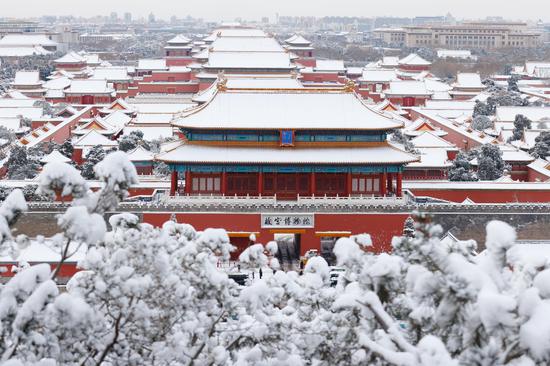
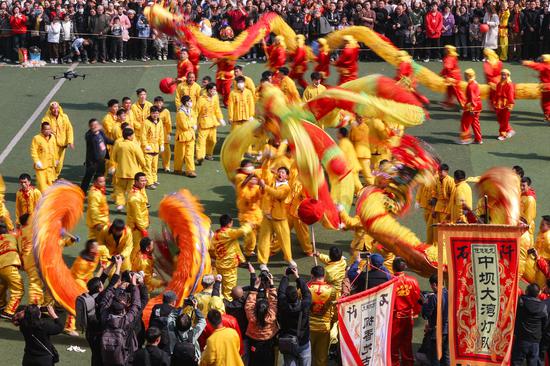


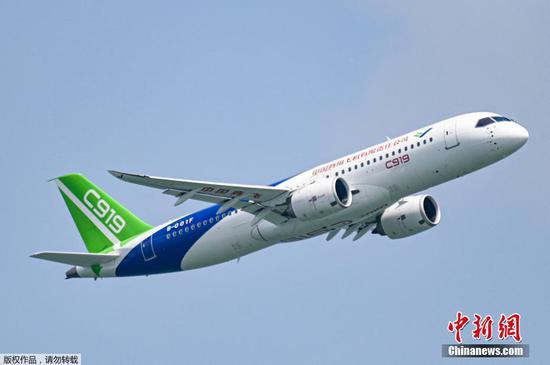
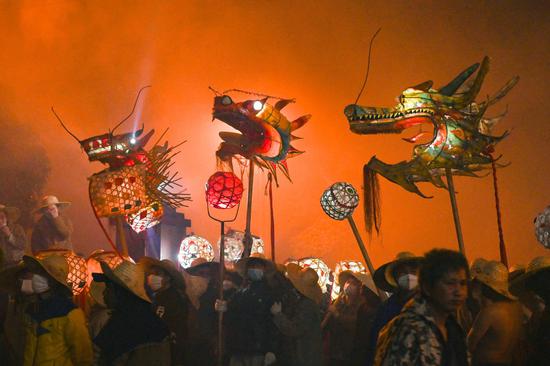
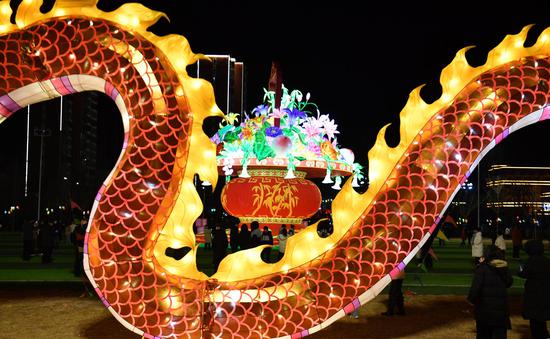

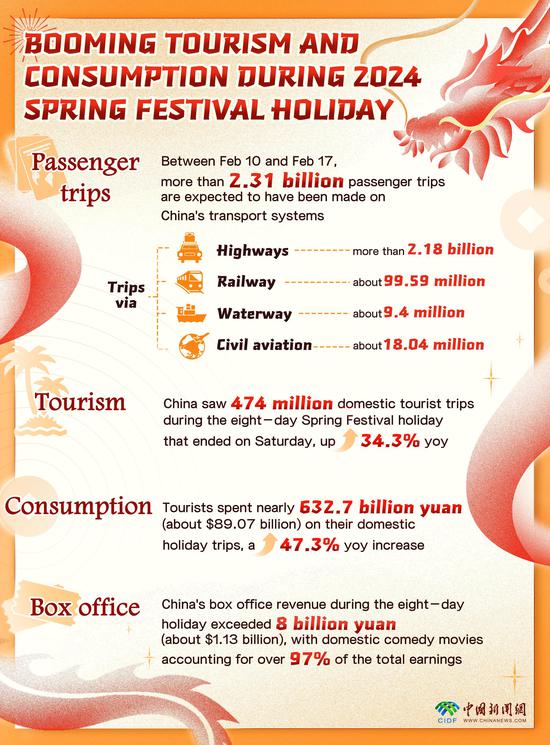
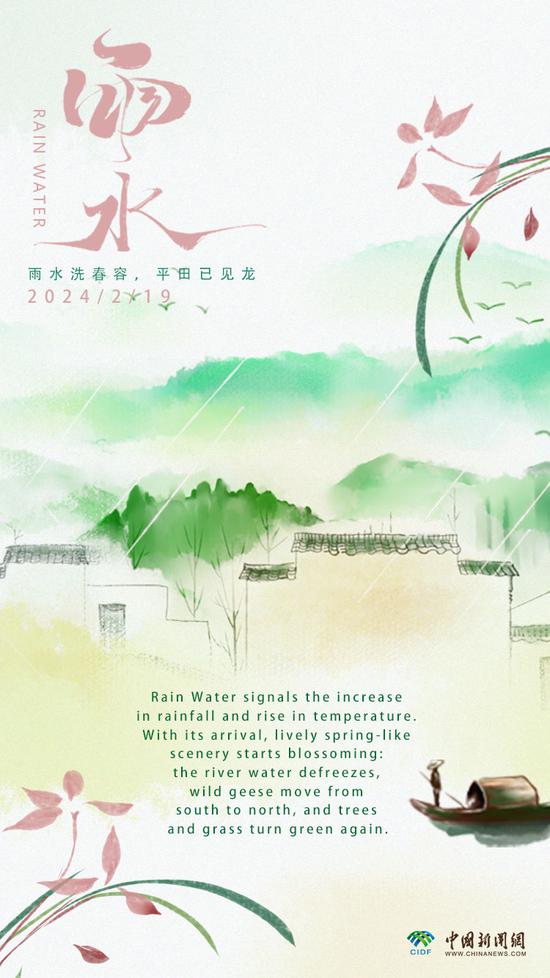


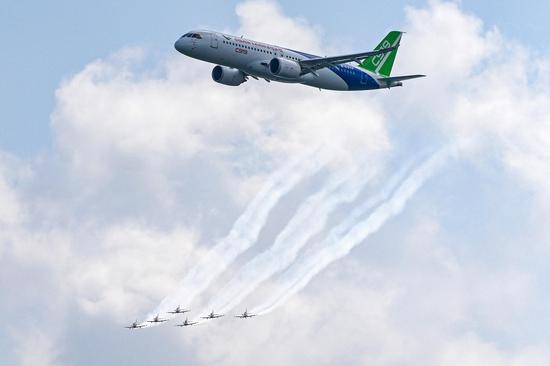
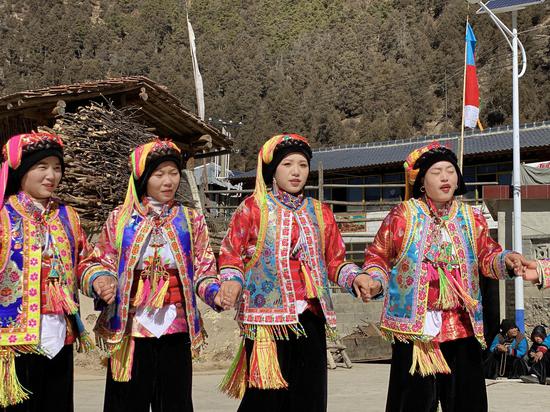

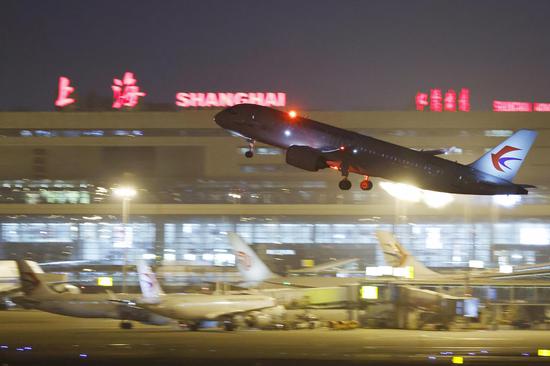



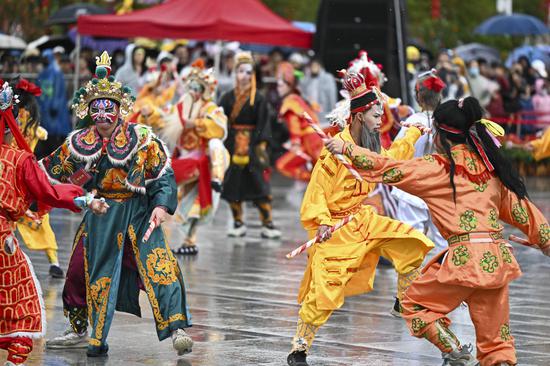
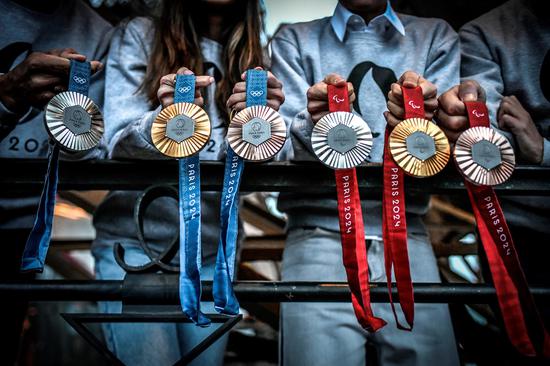
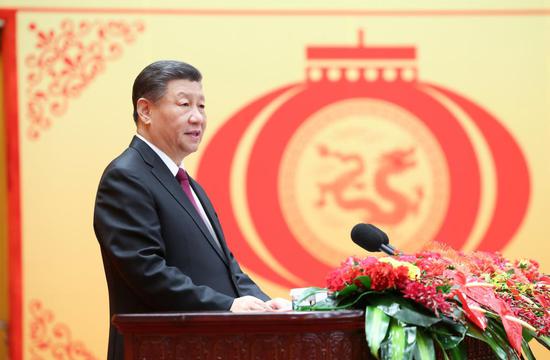
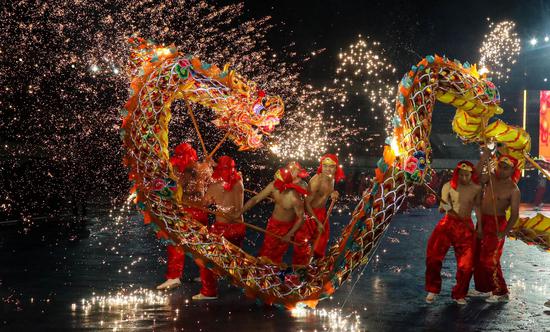



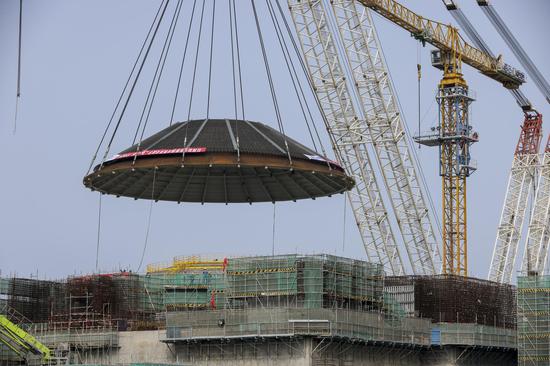




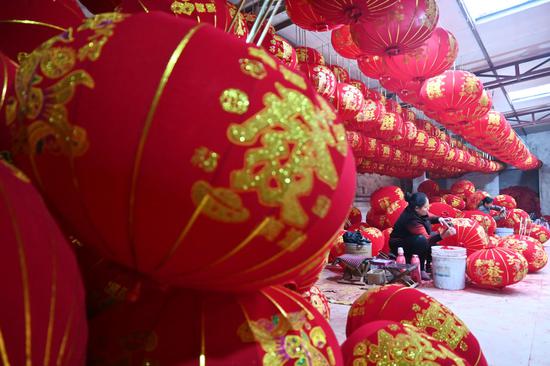
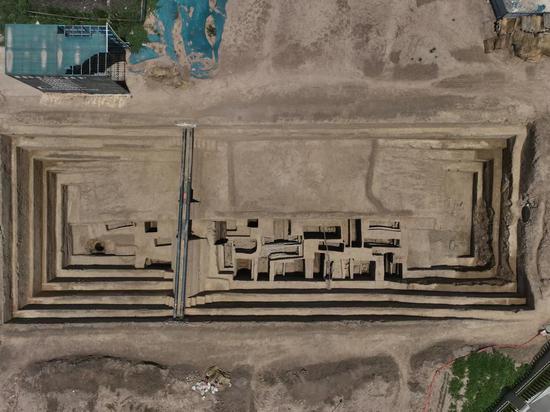
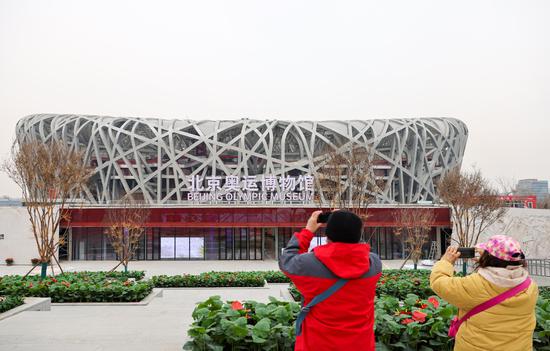
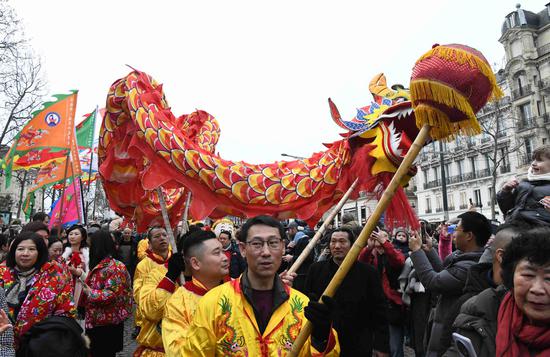
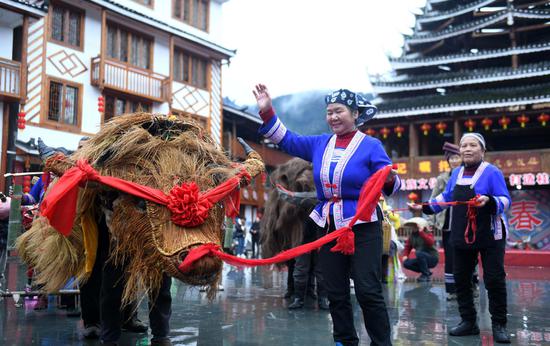





 京公網安備 11010202009201號
京公網安備 11010202009201號